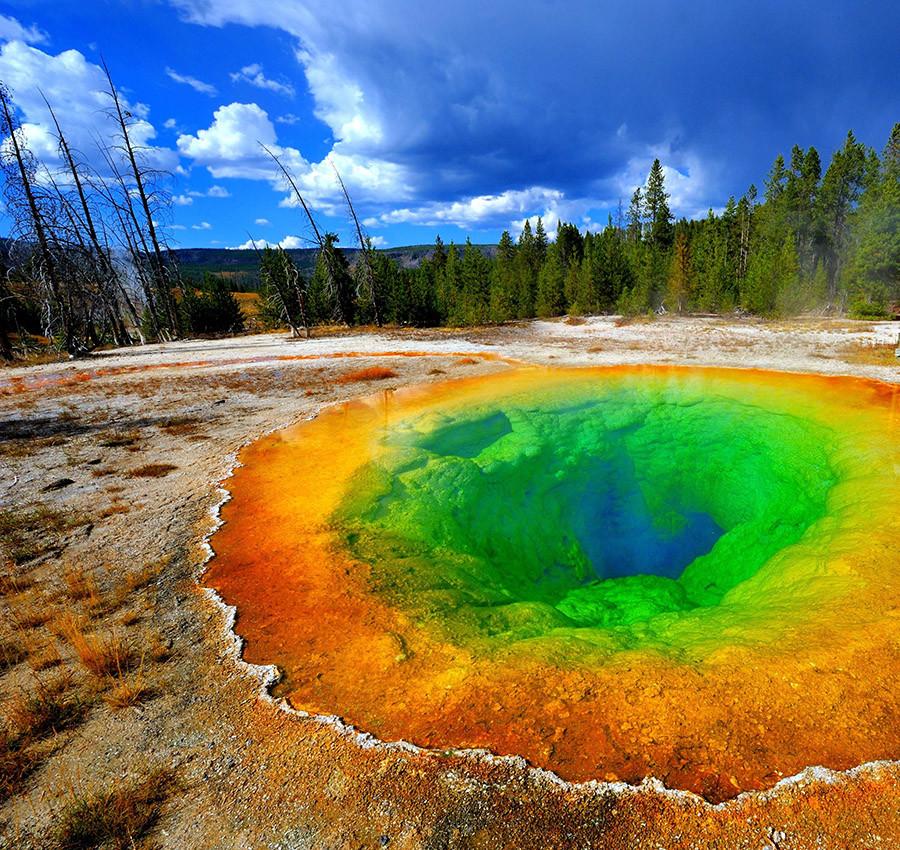Supervolcanos
As tourists stroll between Yellowstone’s 300 active geysers taking selfies in front of thousands of bubbling, boiling mud pots and hissing steam vents, they are treading on one of the planet’s greatest time bombs. The park is a supervolcano, so enormous, it has puzzled geophysicists for decades. A research group has made a bombshell discovery, using seismic technology to scan its depths. Scientists from the University of Utah say that Yellowstone’s magma reserves are many magnitudes greater than previously thought. There is enough hot rock to fill the Grand Canyon nearly 14 times, sitting underneath the national park’s attractions and walking paths.
It may help scientists better understand why Yellowstone’s previous eruptions were some of Earths largest explosions in the last few million years. The ultimate heat source reaches down to 440 to 1,800 miles beneath Earth’s surface and may come from its molten core. The magma chamber lies on top of the reservoir and draws magma from it. It is what fuels the geysers, streaming puddles and other hot attractions. It alone has a volume 2.5 times that of the Grand Canyon.
The discovery doesn’t mean that there is now more magma than there was before, the scientist says. And there are no signs of an imminent eruption. “The actual hazard is the same, but now we have a much better understanding of the complete crustal magma system,“ said researcher Robert B. Smith. An eruption in the next few thousand years is extremely unlikely, the United States Geological Survey says. The Utah scientists put the yearly chance at 1 in 700,000, about the odds that you will be struck by lightening. But when it does blow, it will probably change the world. Mount St. Helens , Mount Pinatubo and Krakatoa doesn’t even begin to scratch the surface of Yellowstone’s roar. Tambora blew 36 cubic miles of debris into the sky. Yellowstone has dwarfed that at least three times, the USGS says. The explosions have left deep scars, and park goers often become familiar with one, the Yellowstone Calder, which takes up much of the park and is lined by a roundish mountainous ridge. The caldera is a volcanic crater some 40 by 25 miles large. “If another large caldera-forming eruption were to occur at Yellowstone, its effects would be worldwide,” the USGS says. It would drastically shift the world’s climate. So, it’s no wonder scientists have had an eye on Yellowstone for a while.

Hi guys. My name is Carissa Adamson. I'm sixteen and I'm a sophomore.I have three siblings. Jacob is a freshman, Brycen is going to be a fourth grader...






